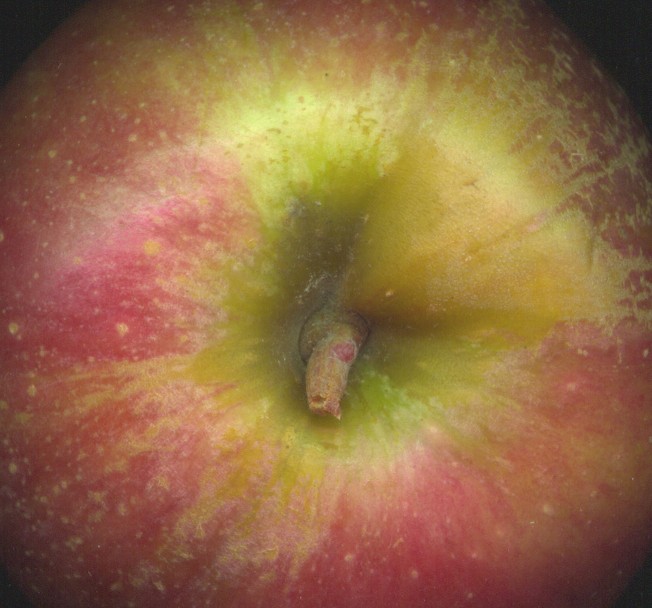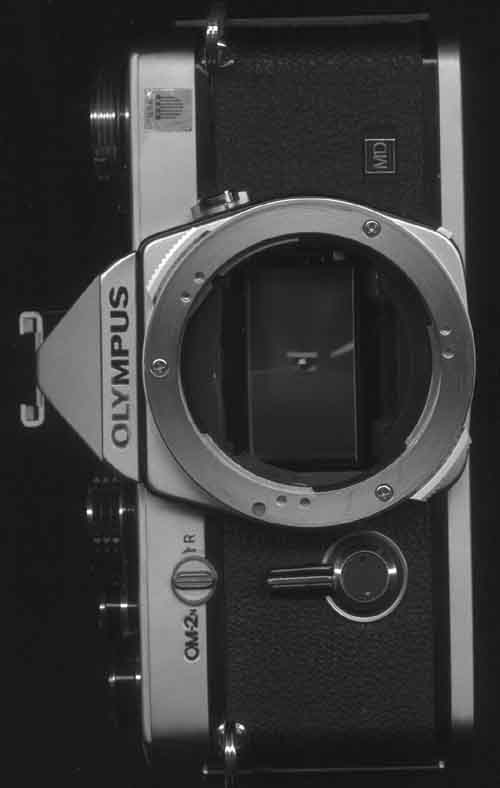The images below were created using a 1998 Hewlett-Packard 5100cse
flatbed scanner. This is an old, 24-bit scanner with a maximum
resolution of 600dpi x 600dpi and a Gray Depth of 8-Bit (256 Gray
Levels). It was a was a mid-range scanner in its day, costing around
$300.00. Today, one can achieve better results using
a $70.00 scanner.
Why scanner photography?
In certain cases, it is capable of dramatically higher resolution than most lens-based cameras.
What are the drawbacks?
- One can only work with objects the size of the flatbed's platform dimensions.
- The object (or the area one wishes to image) should not have too much depth -- the "deep" areas, which are farther away from the flatbed glass platform -- will image out of focus.
What are some practical or artistic uses of scanner photography or imaging?
- For macro-photography of small objects.
- For purely artistic reasons.
- For cataloging or analysis of objects in high-resolution detail.
- For Biometrics: fingerprints, palm-prints, even foot-prints.
Who is doing it?
- Biometric scanners -- similar to consumer flatbed models, but capable of significantly higher performance -- are used by governments and law-enforcement agencies
- One artist -- Katinka Matson -- has led and pioneered techniques in the area of artistic scanner-photography.

above: Various seashells.
These are the real small kind, often not much bigger than 1 -
2 inches, giving some idea of the type of resolution scanner imaging is
capable of. Remember: this image is scaled down several orders of magnitude
for Internet use. The actual image is huge.

above: An apple, this
is one of the small varieties -- the type you get in a bag-o'-apples for
$1.99. The image above covers an area no bigger than 1.5 inches. As with
the seashells, the scanner resolution makes it look big. Our next scanner
project: small animals (arachnids, insects and worms) and flowers.

above: A twist of ironies.
A staple of manual film photography -- the Olympus OM-2N, imaged here
w/o lens -- has met it's match when it comes to macro-photography. Actually,
for images like this, 35mm film photography doesn't even come close. Click
here for orig. size.
Home > Photography: Introduction | Mistakes
and Corrections | Color
Photography | Scanner
Photography | Astronomy
photos